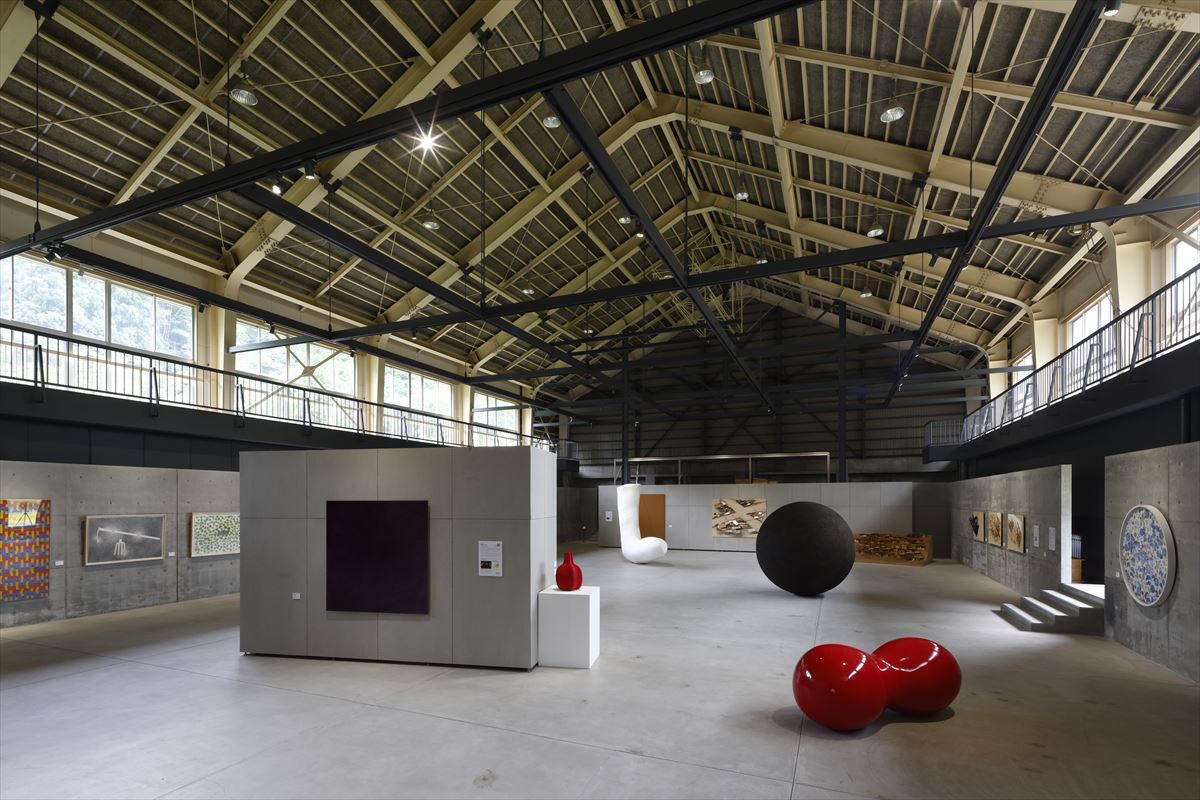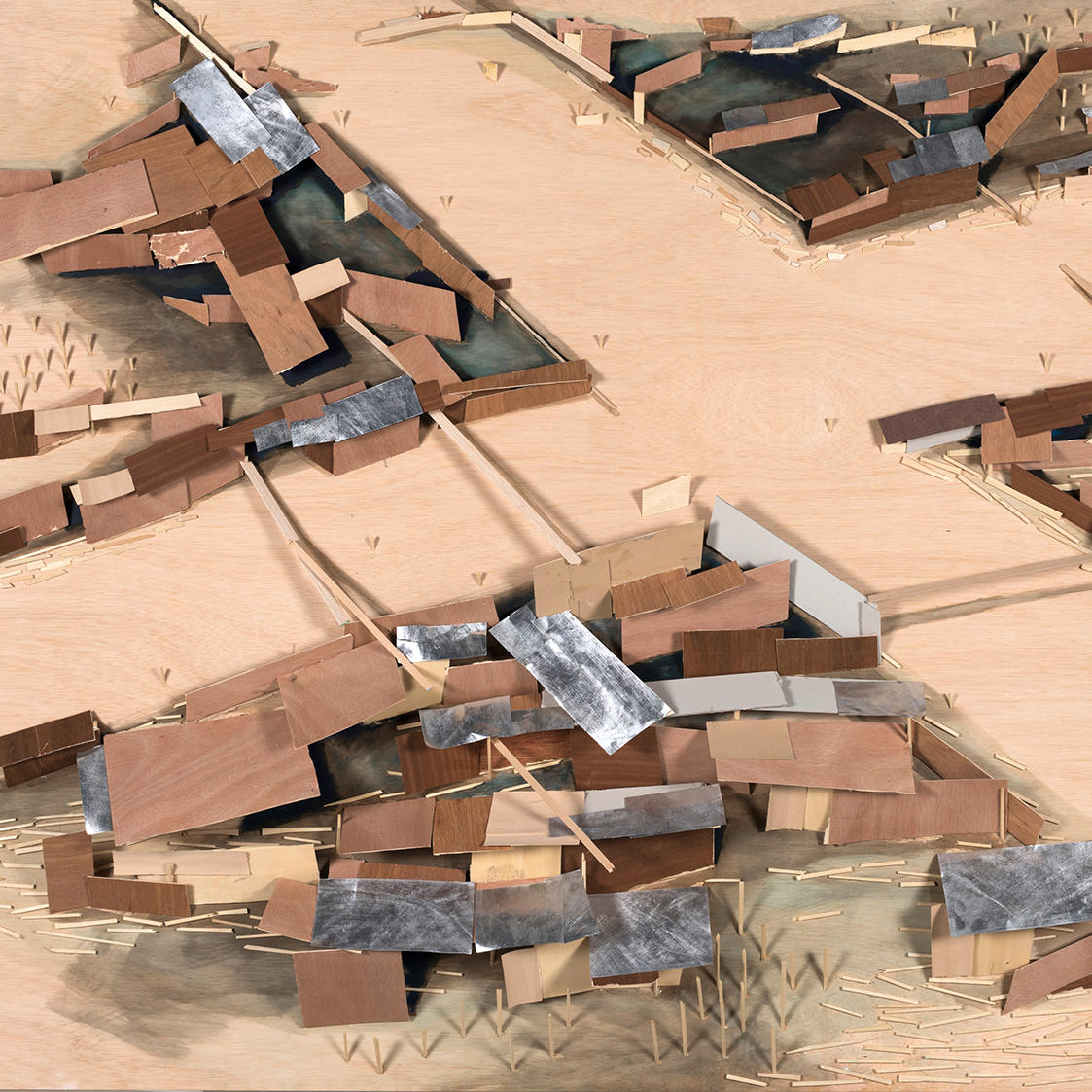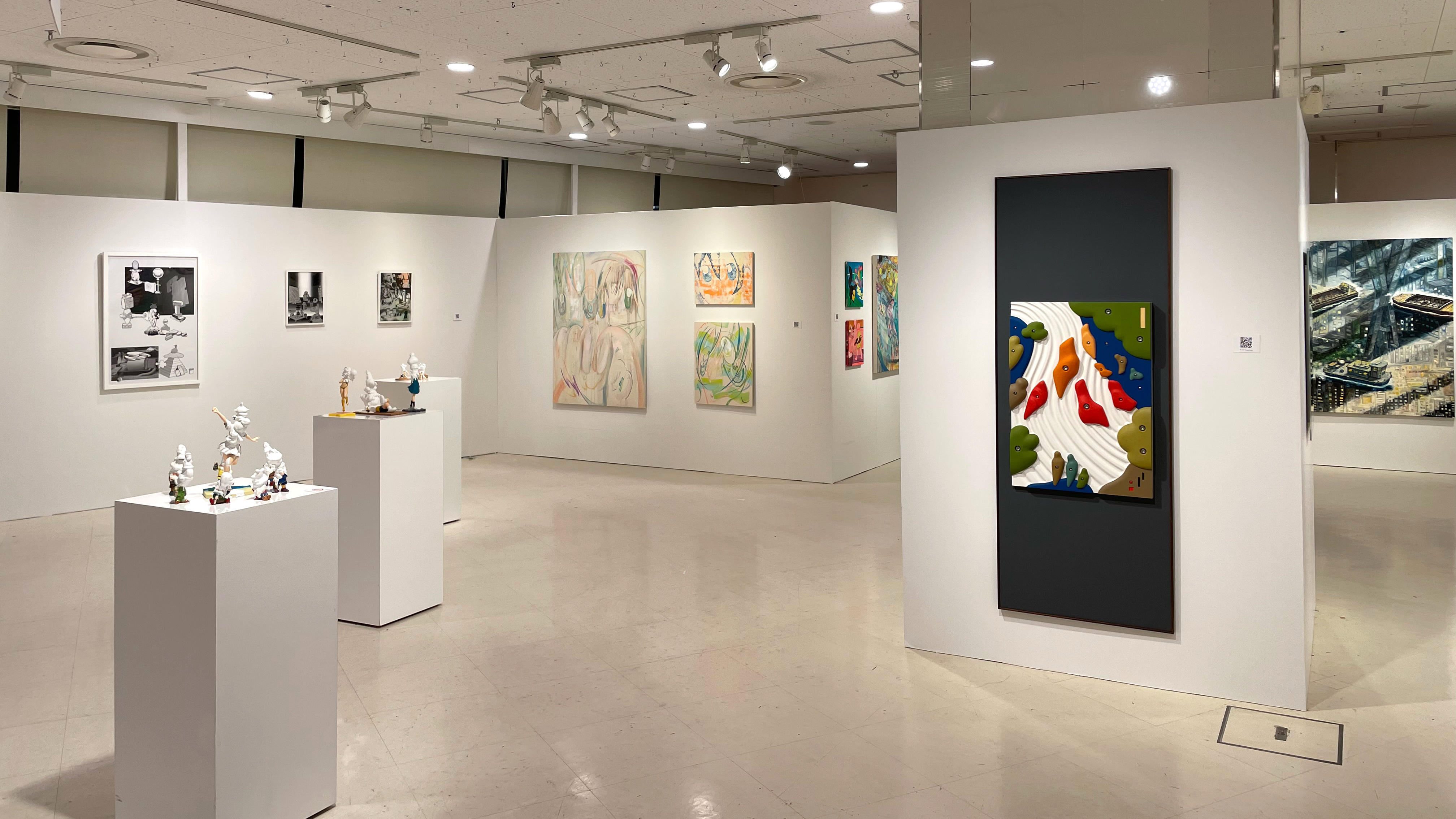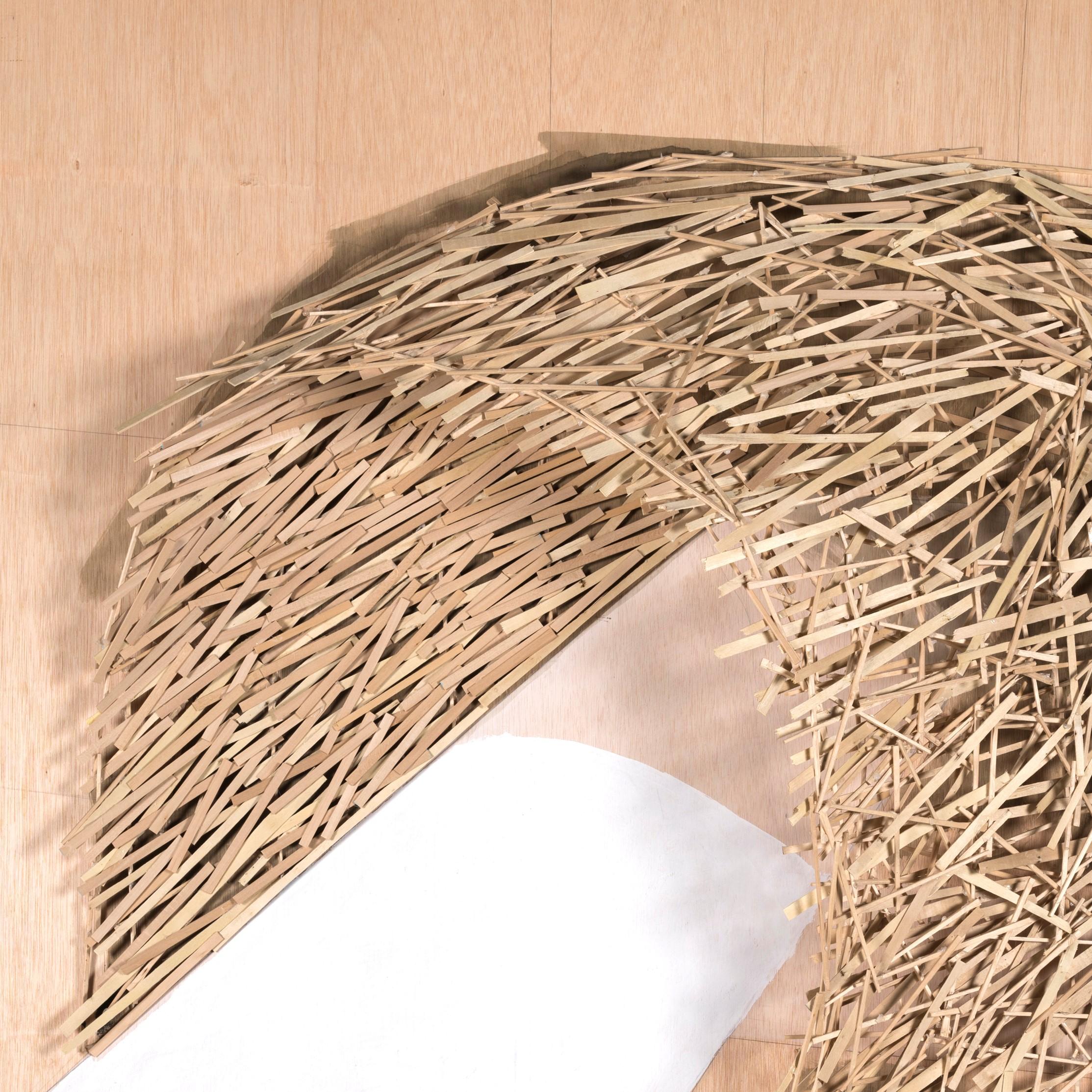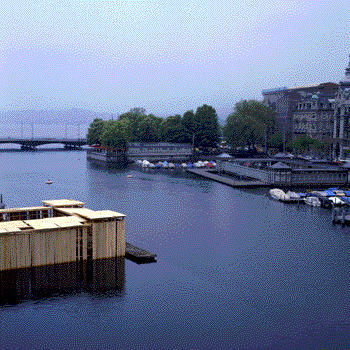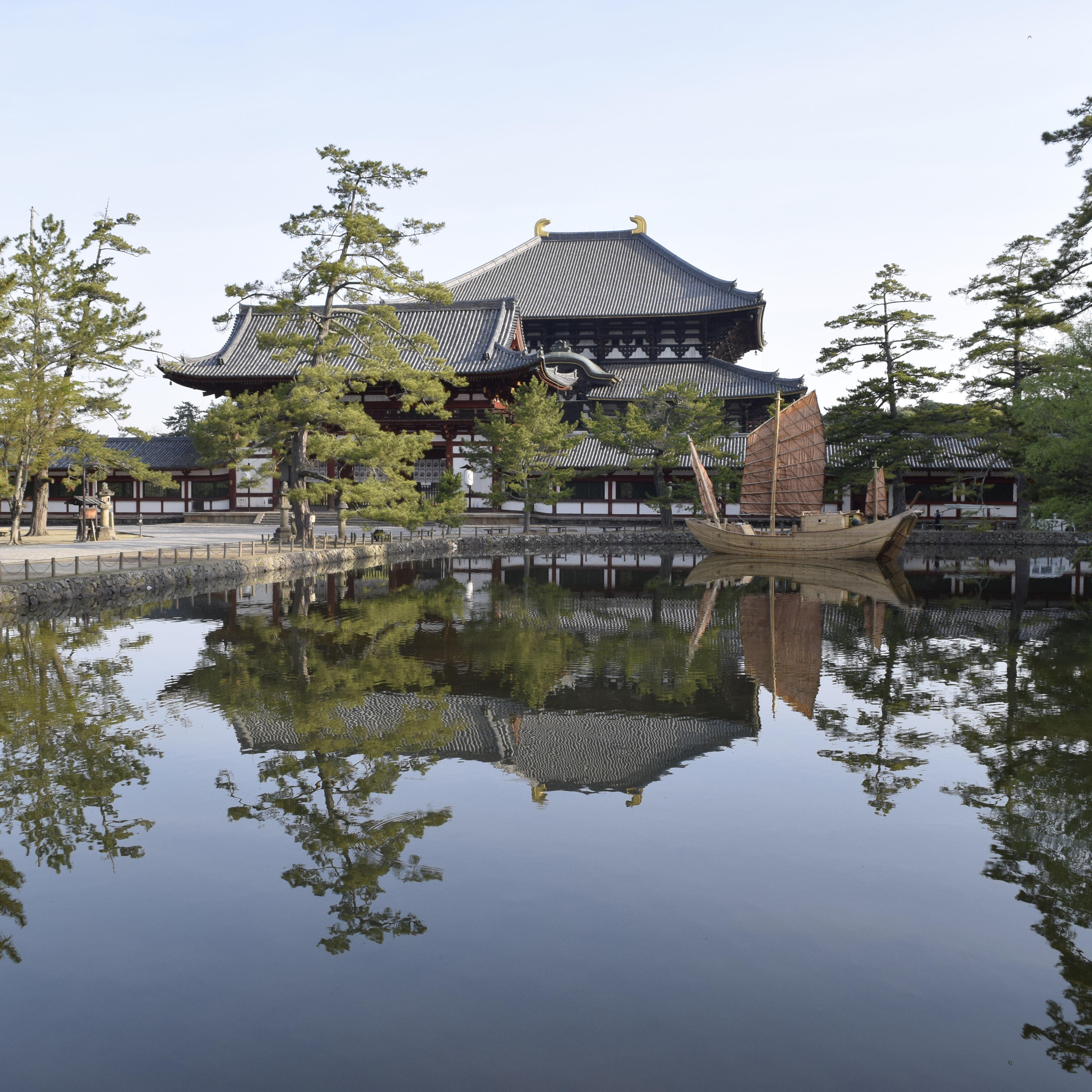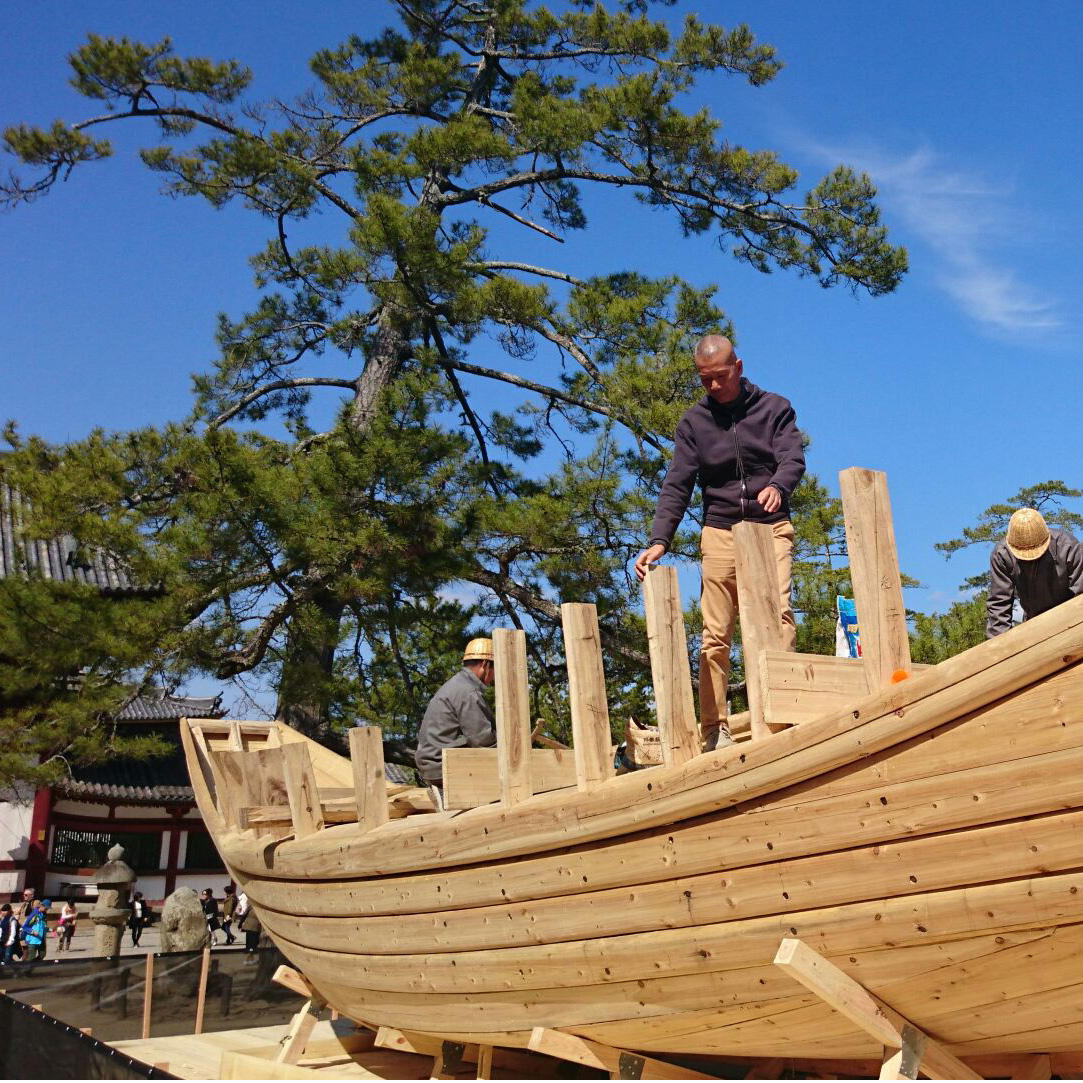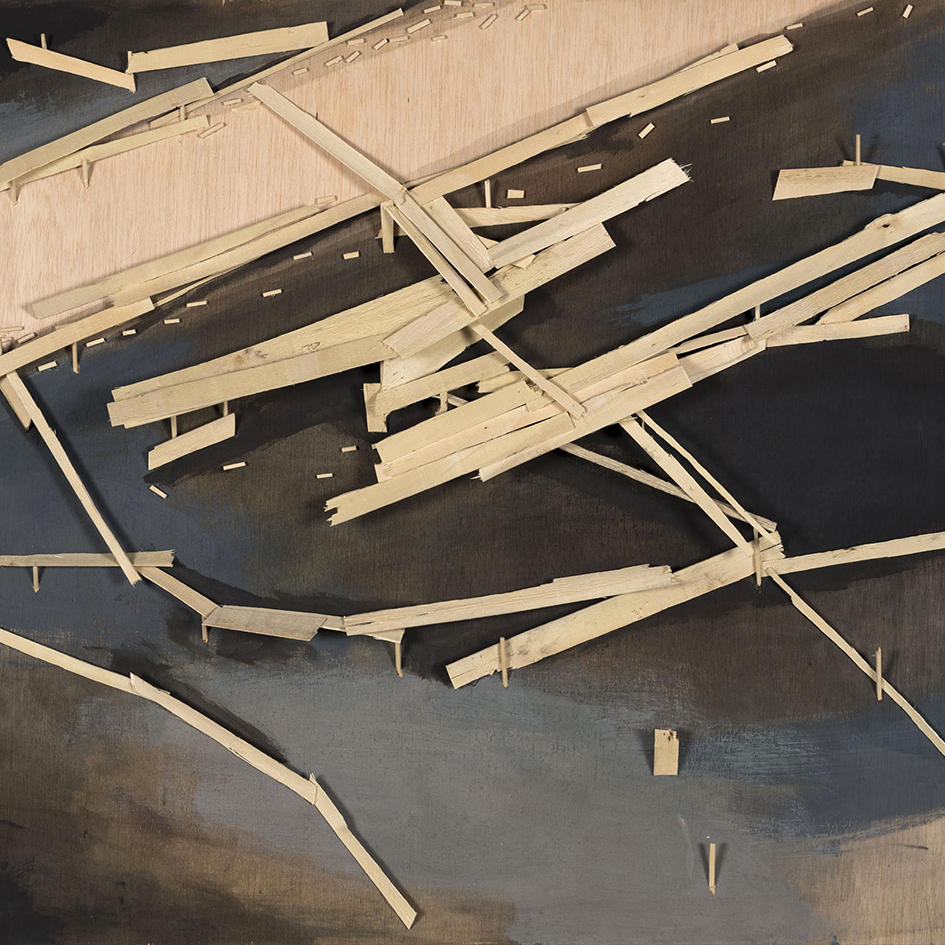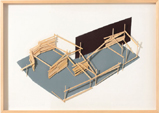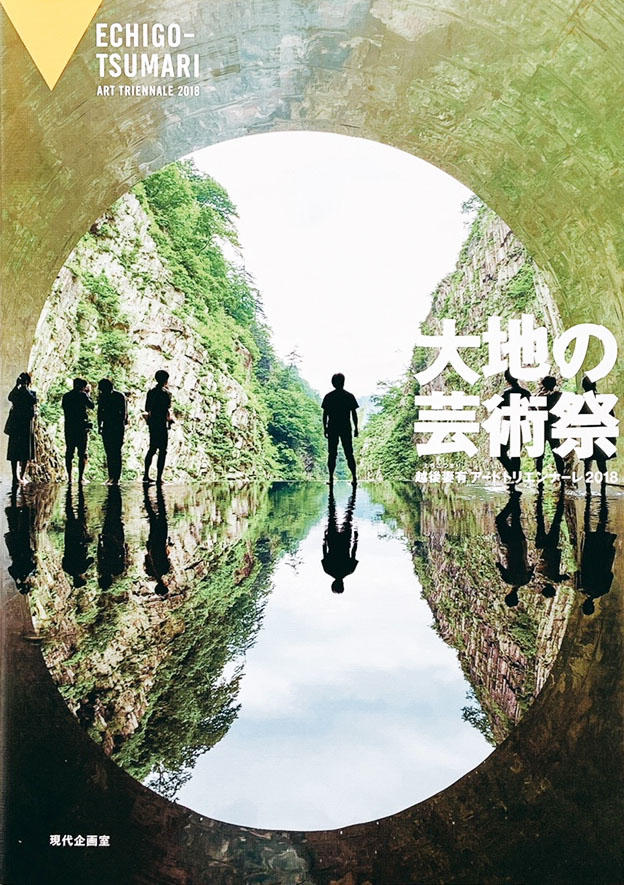News
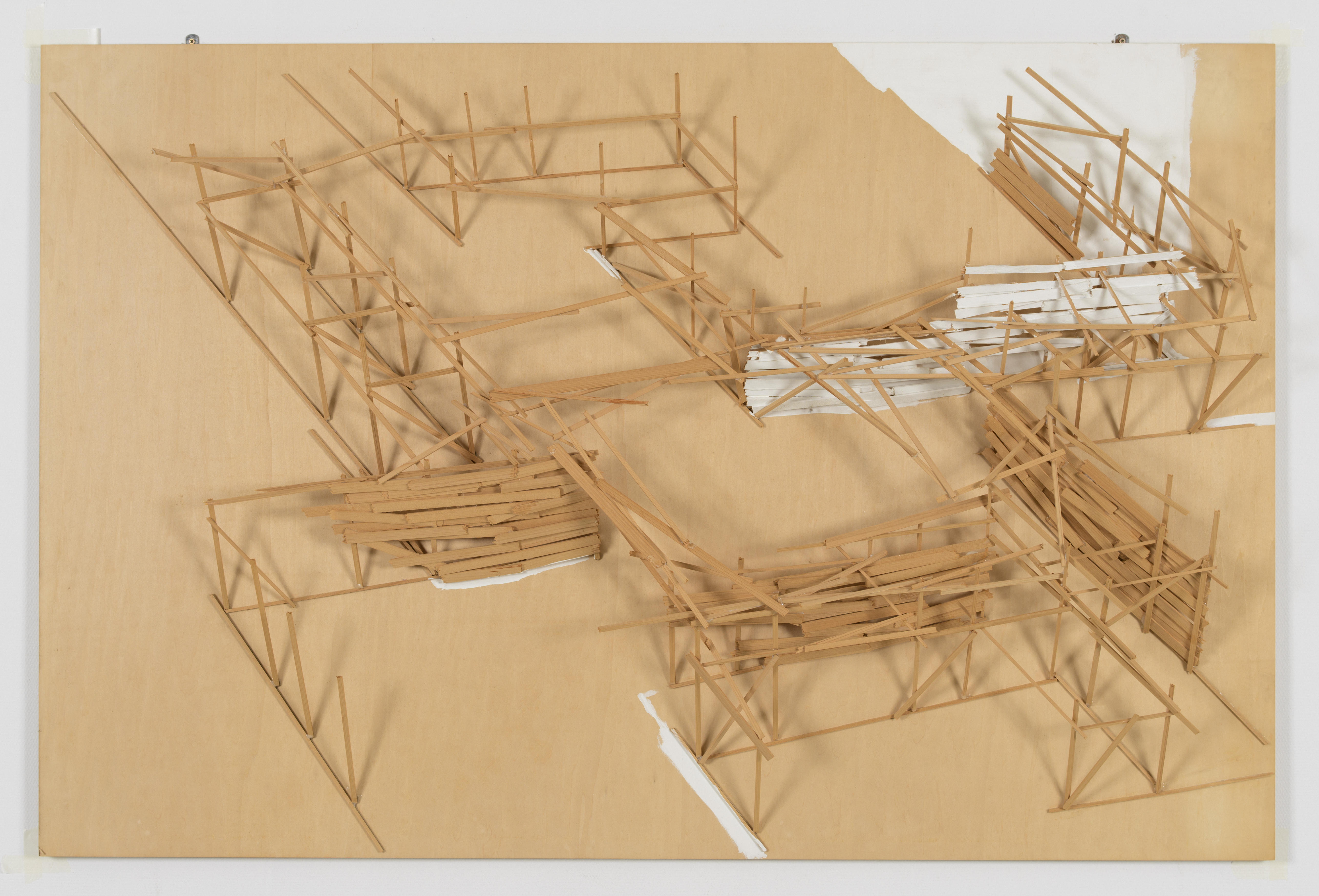
Tadashi Kawamata work's column updated: unknown project of Begijnhof, Kortrijk 1990
2017/09/29
We introduce the maquette for Begijnhof, Kortrijk Plan 14 by Tadashi Kawamata .
Begijnhof Project in Kortrijk, Belgium is one of the important works of Kawamata in Europe. In April 1988, Kawamata was invited by Kanaal Art Foundation to create a project within the inner old city of Kortrijk. One month later the artist arrived there to visit the city, and immediately chose the Beguinage St. Elisabeth as the spot for his installation, because of the enclosed calm or even isolated situation of the place. After getting permission of its use from the Department of Public Welfare, more than 143 cubic meters of wood were brought in and, with a few assistants, a new beguinage or convent was built. (Beginhof’s history go backs to thirteenth century where women gathered together in a community called Begijnhof during absence of their men for war.) This specific site the Begijnhof is a metaphor of traditional European conservation through which a sense of historical continuity has been fostered. In contrast to Japanese provisional culture, which is anti-accumulative but sustainable at the same time, the artist may have had an ambition to challenge the action of making works in both culture. With the respect for the location, Kawamata constructed in Kortrijk a wooden composition in the small alleys and lanes of the community. It expanded to all the area of inner city, giving the image of a huge cathedral which was buttressed. In the early winter of 1990, when the notorious stormy winds began to blow, the elderly local people swore that Kawamata’s wooden construction held up and protected the ancient beguinage, while other returned home,convinced the beguinage was just under construction. The artist is conscious of such reactions, for that very reason he selected the site.
Frauenbad, another project in Europe developed on the river Limmat in 1993. It was a floating wooden structure inspired by the traditional styled swimming pools for the locals with divided use for man and women. The construction involved some jobless people of the city. As Kawamata explains, “I have more faith in connections than in materials. Working together and developing camaraderie with others is what most interests me, and it's fine if the completed work is almost a byproduct of that process. Ultimately, it's not so much about simply saying that there's a finished product, and that we did all this just for the sake of production; rather, I'm using art for the sake of building connections. So if one of my works gets destroyed, it's not such a tragedy, because I will make more works. I like this idea of continuously rolling onward.”
Reference:
Kawamata Begijnhof Kortrik, edited by Kanaal Art Foundation, 1991
Art-it interview by Andrew Maerkle, November 2011
Exhibition Tadashi Kawamata: Crossroads
Venue : Kiyotsu Warehouse Museum
Open day: October 28, 29, November 3-5, 11-12
The Exhibition Starting Over, Under Construction is finished.
The installation can be visited only on October 8 and 9 before demolishing.
For reservation:
Please email your name, mail address and preferred date at sarugaku@artfront.co.jp
Available dates: October 8, one-hour tour including roof-top visit of Kawamata installation, starting at 11h and 16h.
October 9, the same tour starting at 11h and 15h.
Artists
Realated Project


